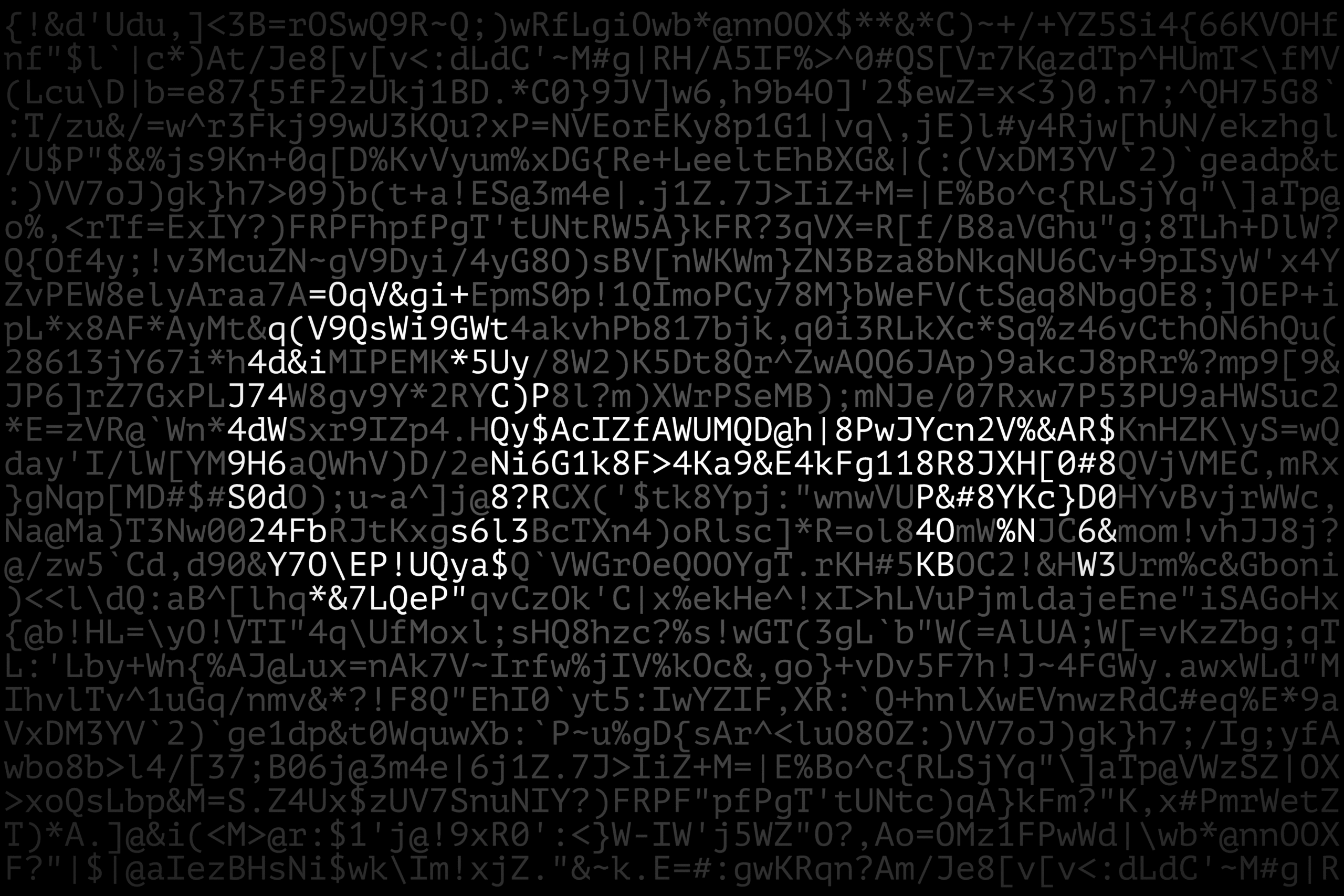Decoding Cyber Security: Navigating the Complex Landscape
Category: News
Published: 26th April 2024

The cyber landscape is constantly changing and evolving, and so the importance of being vigilant and aware of your cyber security cannot be overstated. As we navigate through this intricate landscape of technology, threats, and vulnerabilities, it’s crucial to understand the language of cyber security to effectively safeguard your digital assets and protect against cyber threats.
Complex language and acronyms are persistent in the cyber landscape, which can make some straightforward concepts seem overwhelming. At Red Helix, we set a precedent of using plain language when discussing our services, to make them accessible to people with all levels of cyber knowledge.
It is important that people understand what it is that they need, and don’t get overwhelmed by the language and terminology. When facing the possibility of a cyber threat, it can be tempting to buy things in a panic without fully understanding the product or service. This can lead to unnecessary purchases or subscribing to services that do not address the vulnerability.
One simple way to address this is by looking up any unknown terms in our glossary or talking to one of our cyber experts.
Below are some commonly used terms:
- Brand protection: The act of preventing someone from illegally using a brand name or intellectual property owned by another company.
- CIA: Confidentiality, Integrity and Availability: the three core pillars of cybersecurity.
- Cybersecurity as a Service (CSaaS): Outsourcing cybersecurity needs to third-party service providers.
- Endpoint detection & response (EDR): A solution which continuously monitors and mitigates potential threats in endpoint devices.
- Multi-Factor Authentication (MFA): Provides a method to verify a user’s identity by requiring them to provide more than one piece of identifying information.
- Network Detection & Response (NDR): A solution which monitors network traffic through AI, ML, and behavioural analytics.
- Security as a Service (SECaaS): A cloud-based outsourced service wherein an outside company handles and manages your security.
- Security Information & Event Management (SIEM): A log management tool which collects, stores, and searches through logs to track activity within your organisation.
In conclusion, understanding the language of cyber security is essential for navigating the complex landscape of cyber threats and safeguarding digital assets. By staying informed about key concepts and technologies, organisations can ensure that they buy the right products and services to enhance their security posture and effectively mitigate cyber risks.
